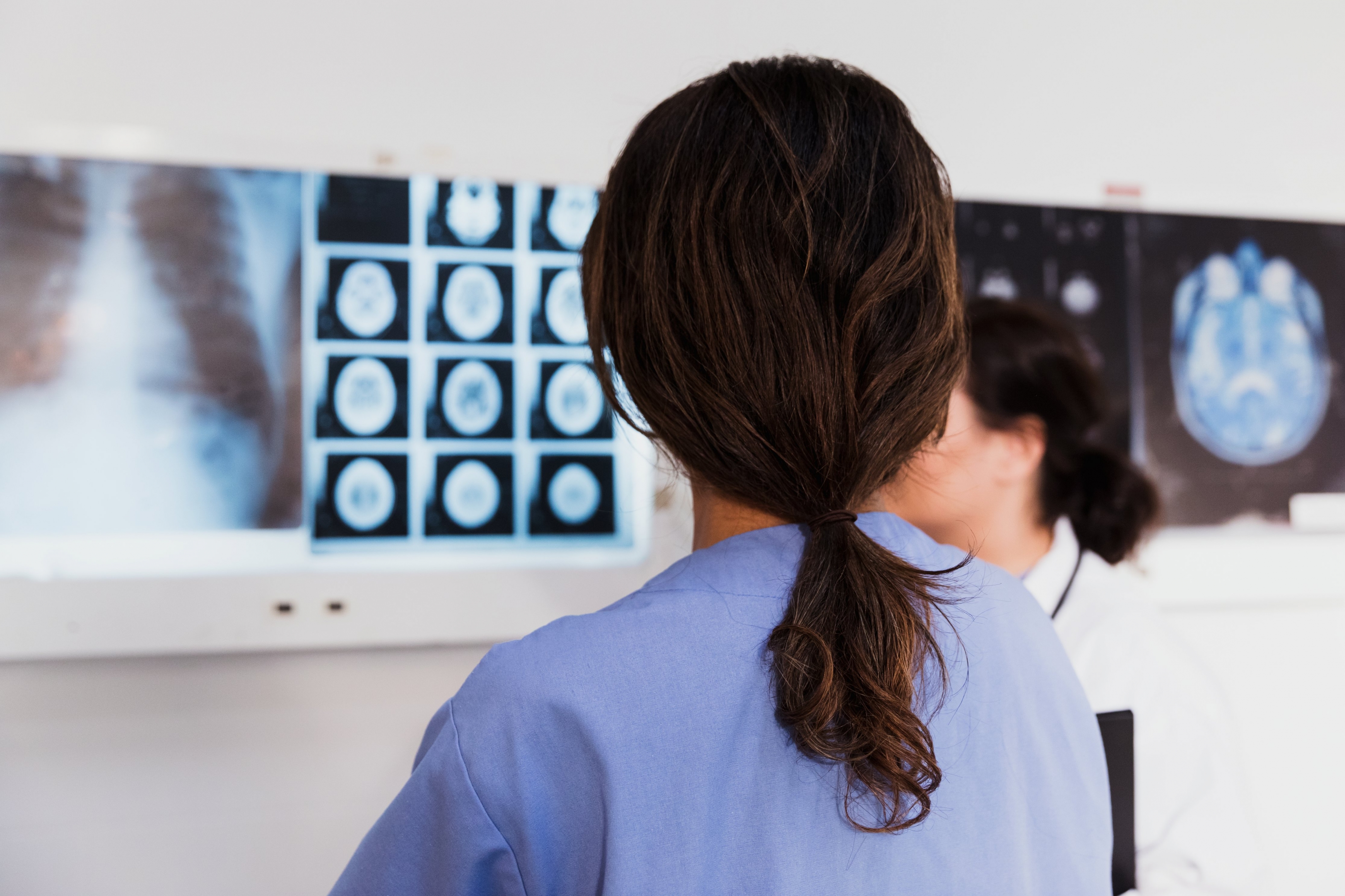
If you would like to learn more about the IAEA’s work, sign up for our weekly updates containing our most important news, multimedia and more.

Oncology - General Nuclear Medicine Studies
SYNOPTIC - STRUCTURED REPORT - KEY ELEMENTS
STRUCTURED TEMPLATES
The written report is the final product of the Nuclear Medicine consultation. Reports must contain specific information to identify the patient, the specific procedure, indications for the examination, radiopharmaceutical used and activity administered, route of administration, interval between tracer administration and imaging, succinct technical information about data acquisition and processing (especially the use and dose of additional drugs such as adenosine, CCK, morphine, lasix, etc), specific image and data analysis findings, and a conclusion.
The report should be concise, clear and specific. Standard anatomic designations and physiologic descriptors should be used. Jargon terms, such as "defect" or "photopenia", should not appear in the report. When possible, lesions should be specifically enumerated, physical size measured, and uptake quantified. When lesions are very numerous, the major areas of involvement should be specifically identified. When previous examinations are available, the improvement, progression or stability of disease should be identified. Examples of specific reports are contained with a description of each of the imaging procedures.
GENERAL STRUCTURE
The following elements should be included in all reports:
Patient identifier: Name, gender, birth date, medical record number?
Date procedure started and date reported
Procedure Title
Indication: Brief statement of clinical problem and question to be answered
Technical factors: Radiopharmaceutical, dose, route of administration, type of scan, interval between injection and imaging, interventions
Reference to prior examination of the same type
Reference to other procedures
Findings: Address clinical question first.
Interpretation: As definitive as possible and avoid repetition of findings.
?
123I-MIBG SCAN PERFORMED [date]
Clinical Statement: A 4 year old boy with neuroblastoma and an abdominal mass, for staging.
Radiopharmaceutical:?123I-MIBG 6 mCi i.v.
Comparison: [No prior?123I-MIBG studies for comparison]
Correlation: [None]
Technique: Following preparation with SSKI, the tracer was administered intravenously. Whole body, spot views and SPECT/CT images were recorded at 24 hours.
Findings:
Head and Neck: [Physiologic?123I-MIBG concentration in the nose and salivary glands]
Chest: [Physiologic?123I-MIBG concentration in the myocardium]
Abdomen and Pelvis: [Focal?123I-MIBG concentration is seen in the 4 cm left adrenal mass, with additional focal activity in segment IV of the liver and in multiple thoracic and lumbar vertebrae.]
Extremities: [Multiple sites of focal?123I-MIBG activity are seen in the humeri and femora bilaterally].
Impression: [Multiple sites of?123I-MIBG avid disease]
?
111In-PENTETREOTIDE STUDY PERFORMED [date]
Clinical Statement: Carcinoid tumor of the lung with multiple episodes of flushing.
Comparison [none]
Correlation: CT scan performed [date], which demonstrated 3X4 cm mass in the left lung, and 3 focal liver lesions.
Radiopharmaceutical: [6] mCi?111In- Pentetreotide intravenously.
Technique: Following intravenous injection, planar and SPECT/CT images were recorded at 4 and 24 hours.
Findings: A focus of uptake in the left lung and at three sites in the liver in segments [X,Y,Z] correlate with the lesions seen on CT.
Physiologic uptake is seen in the spleen and kidneys.
Impression: Somatostatin receptor expression in the known lung primary and liver metastases. No other lesions seen.
